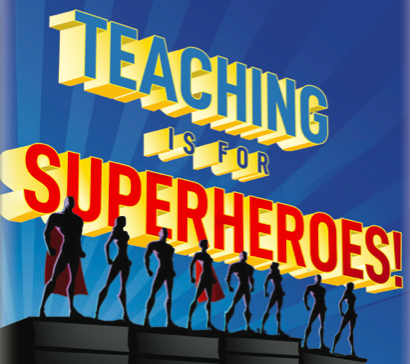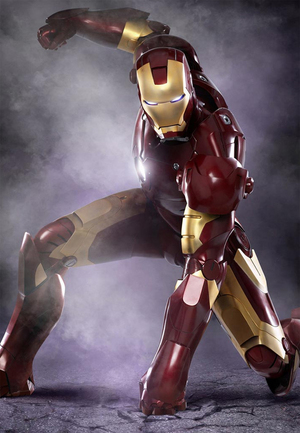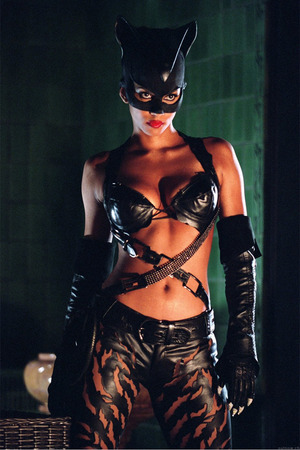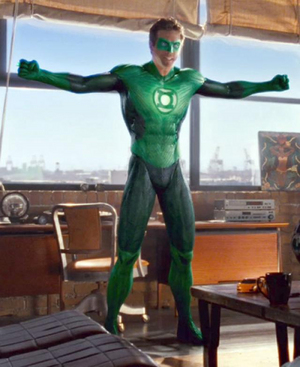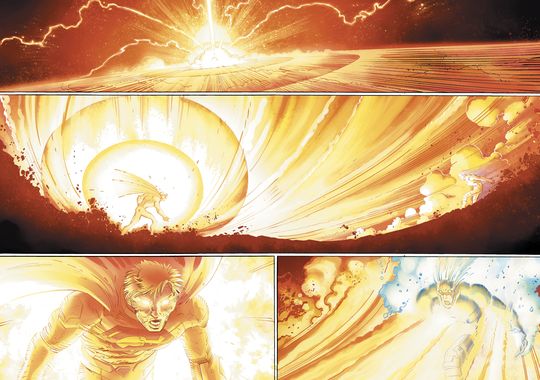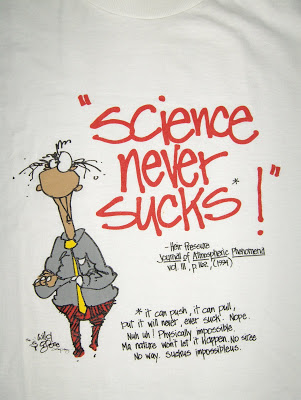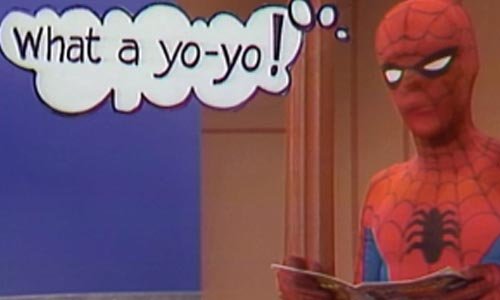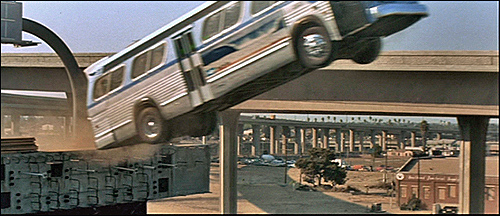Back to school time is here, which means families are filling department stores to find the best bargains. But it’s not just students. Teachers are also looking to stock up on supplies and spruce up their wardrobes.
Take a look at a typical “Back To School” advertisement or website and you’ll see gobs of superhero clothing and accessories. Superheroes are famous for how they look just as much as they are for what they do.
The good folks at Newsarama recently listed their “10 Best Live-Acton Superhero Costumes” and “10 Worst Live-Action Superhero Costumes.”
Here are some helpful lessons teachers can learn from these lists:
#1 – Maintain Functionality
Many of the “Best” costumes work because they look like something you could actually see in real life. Rather than adhering too closely to garish comic book colors or styles, the designers keep things grounded and user-friendly.
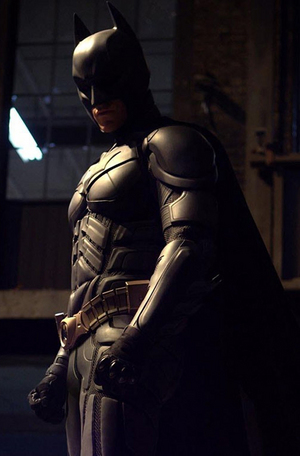 Teachers should consider their daily tasks and possible actions, then dress appropriately. Fabric that breathes, stretches, and covers is a must, along with some comfortable footwear.
Teachers should consider their daily tasks and possible actions, then dress appropriately. Fabric that breathes, stretches, and covers is a must, along with some comfortable footwear.
Comfortable shoes, yes, but NO SNEAKERS (unless you teach gym). Strapping on a pair of Asics Gel Virage 4 shoes is the quickest way to ruin an otherwise perfect teacher outfit.
If you need super-supportive shoes that are also subtle, take a look at this list provided by We Are Teachers (although I squirm at the sight of #10). This focus on footwear leads us to another lesson from live-action superheroes.
#2 – Focus on Simplicity
A quick comparison of the “Best” and “Worst” film costumes reveals a glaring difference in details. In many cases, the outfits in the “Worst” category are just TOO MUCH.
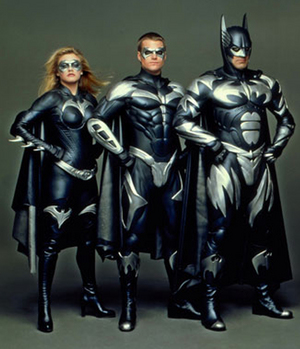 Resisting the impulse to add another buckle here or kneepad there, the “best” outfits keep it simple. By doing so, these film versions highlight key elements that evoke iconic imagery. In some cases, this means ditching the costume and favoring functional garb (see #1 above) with hints of style and symbolism.
Resisting the impulse to add another buckle here or kneepad there, the “best” outfits keep it simple. By doing so, these film versions highlight key elements that evoke iconic imagery. In some cases, this means ditching the costume and favoring functional garb (see #1 above) with hints of style and symbolism.
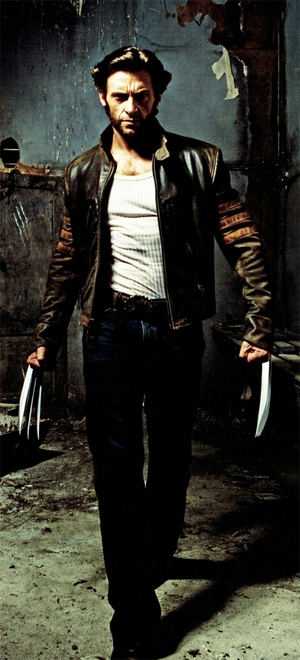 Teachers are iconic, and their choice of clothing should reflect their critical role in society. Instead of chasing the latest fashion (floral vs. geometric print, fat tie vs. skinny tie, boot-cut vs. skinny jeans), focus on conveying an image that is classy and timeless–just like good teaching.
Teachers are iconic, and their choice of clothing should reflect their critical role in society. Instead of chasing the latest fashion (floral vs. geometric print, fat tie vs. skinny tie, boot-cut vs. skinny jeans), focus on conveying an image that is classy and timeless–just like good teaching.
In case you think it’s passé to stick with the basics, take a look at two USA Today articles about teacher attire. One is from 2003, the other from 2012.
Despite being nearly a decade apart, both articles list some of the same “Should’s” and “Should Not’s” for teacher apparel and appearance. Neat and clean are always “in.” Spaghetti straps, tight tops, short bottoms, excessive piercings and tattoos should stay out of the classroom.
#3 – Lean toward Conservative
We’re talking clothing here, not politics. (Vote your conscience.) In discussing attire, teachers should consider how to keep the focus on learning as opposed to fashion.
Whenever you struggle with what to wear, here are several mottos you can remember: “Dress older.” “Dress like your boss.” “Dress for the job you want.”
These sayings will help with decisions as you stand in front of your closet. Skewing conservative also works as you stand in front of the bathroom mirror. Just like excessive makeup on movie superheroes, teachers with too much mascara will likely turn off their students.
#4 – Tone down the CGI
Hopefully these Hollywood examples will help teachers consider their choice of classroom attire. For anyone wanting more ideas, check out this Education World article discussing jeans and flip-flops, or this About Education blog with useful guidelines, especially for younger teachers.
